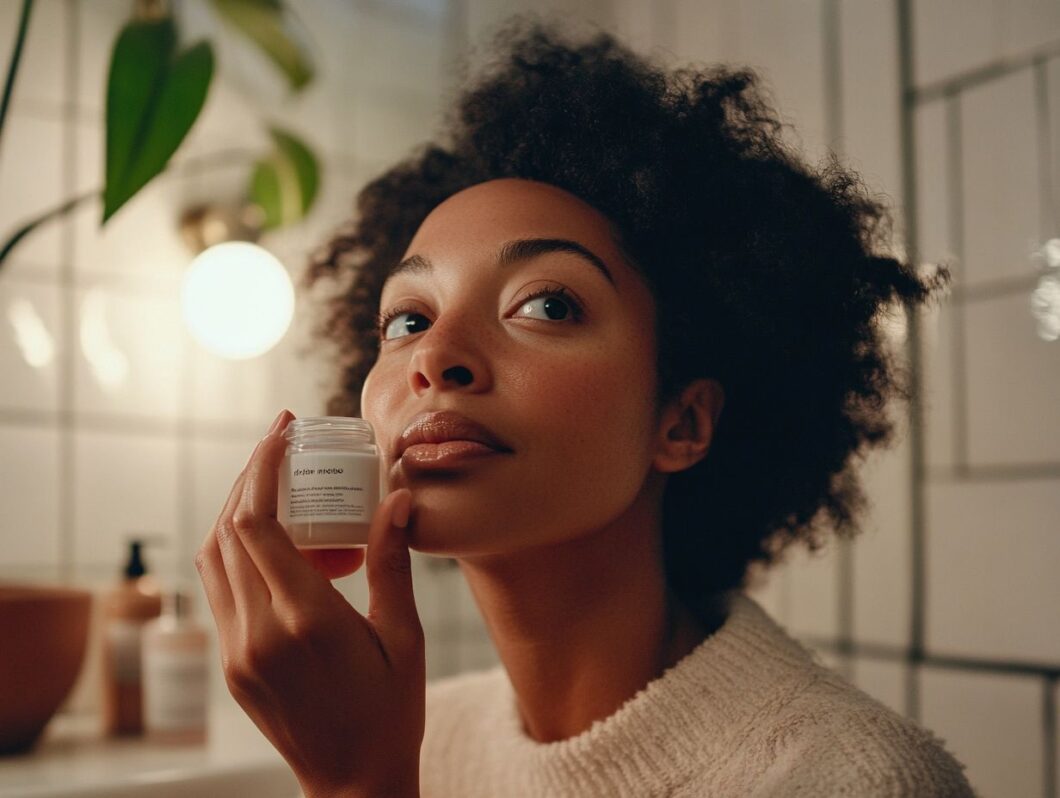When it comes to skincare, I believe the eye area warrants special attention. Many individuals often question whether eye cream is truly necessary. In this article, I will explore the purpose and unique formulation of eye creams, highlighting their benefits and effectiveness compared to regular moisturizers.
I will discuss the various factors that influence one’s choice, present expert opinions on the pros and cons, and outline alternative options. Additionally, I will provide essential application techniques to maximize the impact of eye cream.
Join me in discovering whether this product is the missing piece in your skincare routine.
Key Takeaways:
The Purpose of Eye Cream
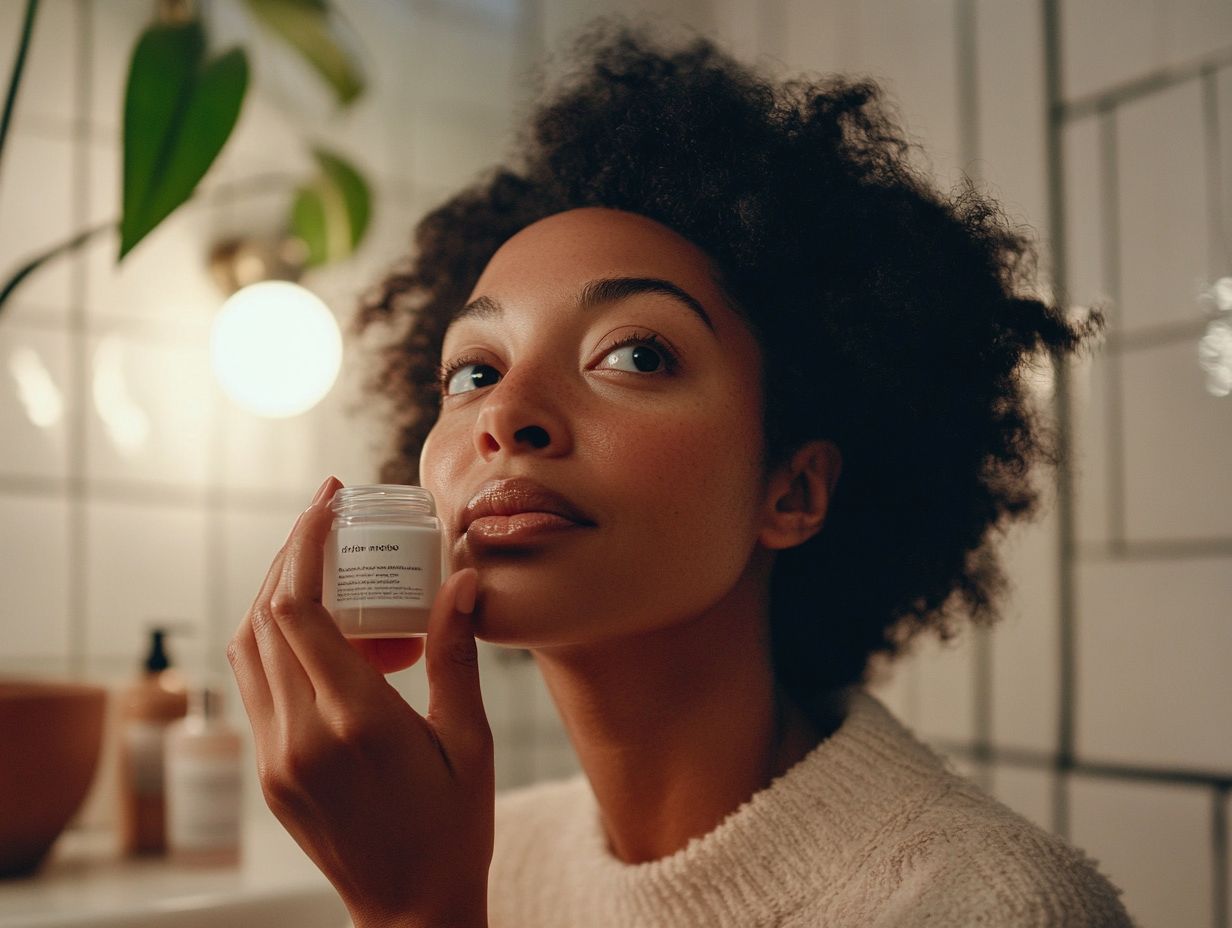
The purpose of eye cream is to specifically target the unique skin concerns of the delicate under-eye area, which is particularly vulnerable to issues such as dark circles, puffiness, and fine lines.
Unlike regular facial moisturizers, I find that eye creams are formulated with concentrated active ingredients like retinol, hyaluronic acid, and vitamin C, all of which promote collagen production and address the visible signs of aging. For more insights on eye creams, you can check out this article: Do You Really Need an Eye Cream? Experts Weigh In.
Dermatologists often recommend these products to improve skin hydration and elasticity, making them suitable for a diverse range of skin types and specific concerns.
What is Eye Cream and How is it Different?
Eye cream is a specialized skincare product that I rely on to address the unique needs of the eye area. It distinguishes itself from traditional facial moisturizers through its specific formulation that targets delicate skin concerns such as puffiness, dark circles, and fine lines.
These creams typically contain powerful ingredients like peptides, hyaluronic acid, and caffeine, which work together to enhance the appearance of tired eyes. Unlike regular moisturizers that can be too heavy or greasy for this sensitive area, eye creams usually feature lighter textures that absorb easily, allowing for effective application without clogging pores.
The targeted nature of eye creams means they deliver results more quickly, focusing on hydration while also reducing visible signs of aging. By addressing specific under-eye issues, these products become an essential addition to my skincare regimen, ultimately enhancing my overall facial vitality.
Benefits of Using Eye Cream
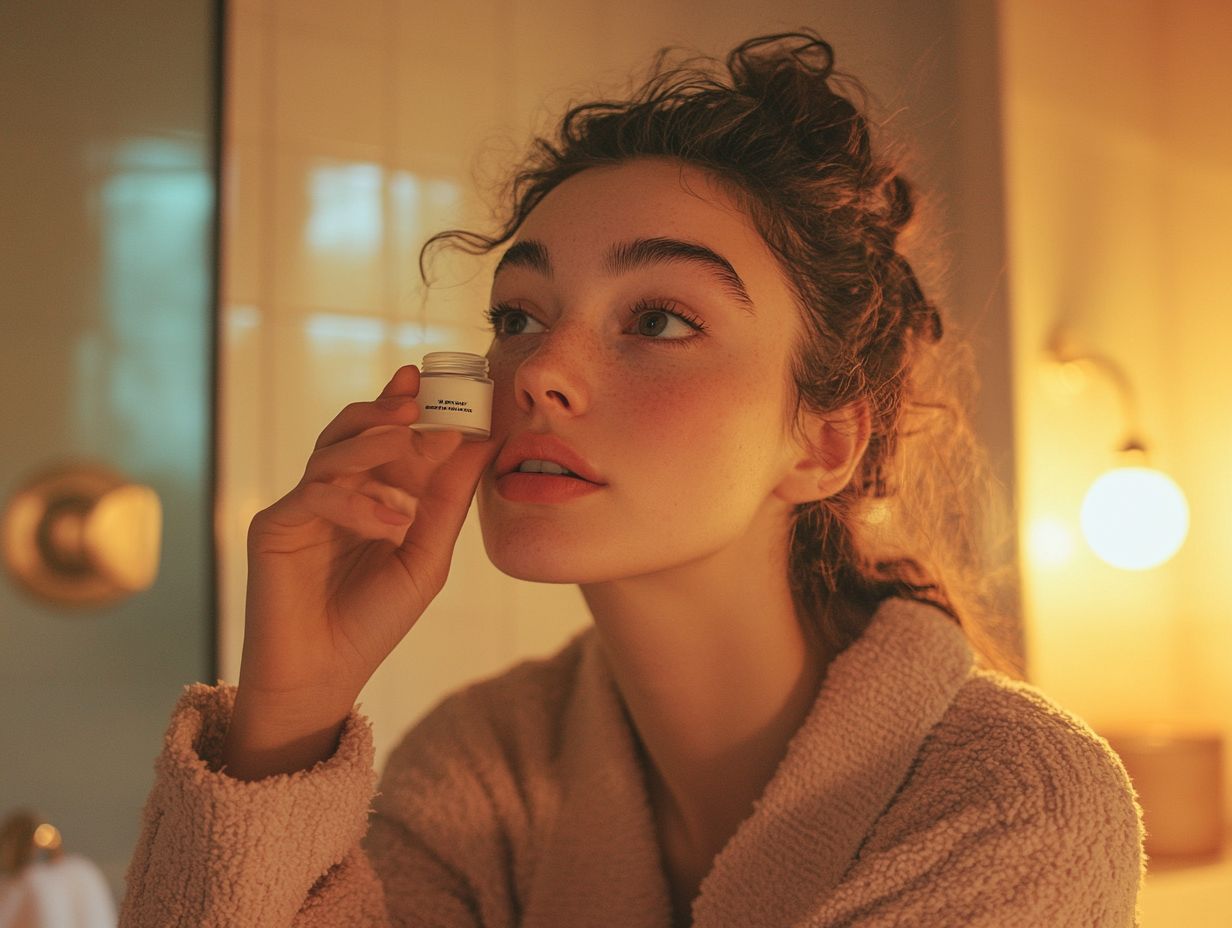
Using eye cream provides numerous benefits, including enhanced hydration, a reduction in the appearance of dark circles, and the prevention of fine lines and wrinkles. This makes it an essential part of any effective skincare routine aimed at maintaining youthful and healthy skin around the eye contour.
Given the delicate and thin skin in the eye area, it requires special attention. Incorporating eye cream can significantly improve skin texture and elasticity. Ingredients such as hyaluronic acid offer intense moisture, helping to plump and hydrate the skin, while retinol promotes collagen production and cell turnover, effectively minimizing the appearance of fine lines.
Additionally, antioxidants like vitamin C protect against environmental stressors, further enhancing the skin’s overall brightness and reducing puffiness. By addressing specific concerns through targeted formulations, I can achieve a more vibrant and youthful appearance, underscoring the importance of a dedicated eye care regimen.
Factors to Consider Before Using Eye Cream
Before I incorporate an eye cream into my skincare routine, I find it essential to consider several factors. This includes assessing my specific skin type, identifying prevalent skin concerns such as dark circles, puffiness, or fine lines, and evaluating the ingredients in the formulation. For more insights on the importance of eye cream, check out this article on the necessity of eye cream according to dermatologists.
Ensuring compatibility and effectiveness for the delicate skin around my eyes is my top priority.
Skin Type and Concerns
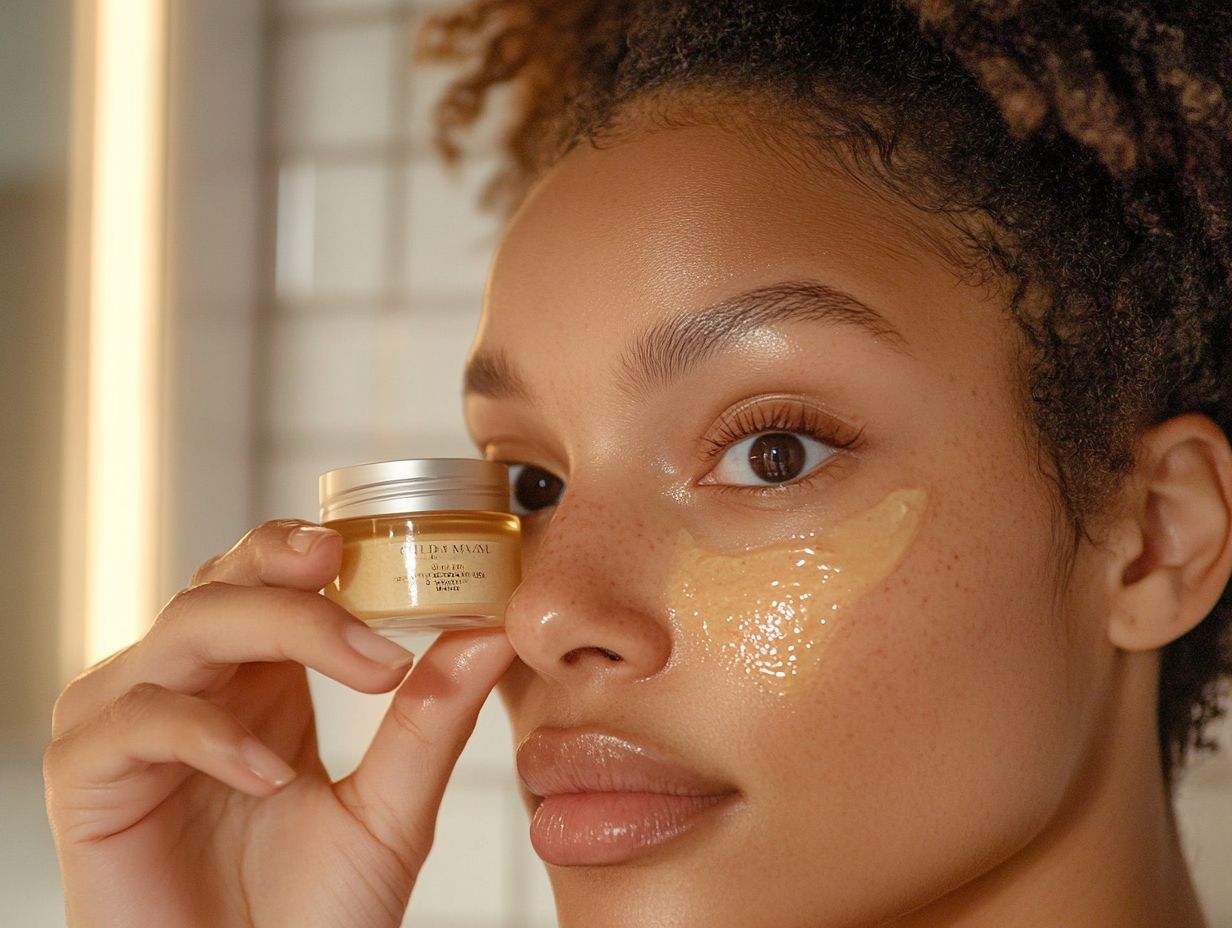
Identifying my skin type and specific concerns is essential when selecting an eye cream, as different formulations are designed to address various needs, such as dark circles, sensitivity, or signs of aging. This ensures that the delicate skin around my eyes receives optimal care.
For example, if I have oily skin, I may struggle with puffiness and could benefit from lightweight formulas infused with niacinamide, which is known for its ability to reduce inflammation and balance oil production.
Conversely, individuals with dry skin often encounter issues like fine lines and dryness, making hydrating ingredients such as hyaluronic acid crucial, as they help retain moisture and plump up the skin.
Those with sensitive skin, on the other hand, require gentle, soothing components to avoid irritation; therefore, I would look for formulations that are free of harsh fragrances and rich in calming agents like chamomile.
By understanding these nuances, I can make informed choices to effectively target my specific eye area concerns.
Ingredients to Look For and Avoid
When I select an eye cream, I prioritize beneficial ingredients such as retinol, vitamin C, and hyaluronic acid. These components enhance hydration and promote collagen production while being mindful of potentially irritating ingredients like certain fragrances or alcohol, especially if I have sensitive skin.
These key ingredients play a vital role in tackling common skin concerns such as dark circles, puffiness, and fine lines. For example, retinol not only stimulates collagen production but also aids in cell turnover, resulting in smoother, more radiant skin. Vitamin C is well-known for its brightening effects, helping to reduce the appearance of under-eye shadows and promote a more even skin tone. Hyaluronic acid is exceptional for providing intense hydration, which is crucial for the delicate skin around the eyes, as it helps maintain fullness and reduces the visibility of wrinkles.
To ensure I choose the safest option for sensitive skin, I avoid ingredients like parabens, synthetic dyes, and harsh exfoliants, as these can cause irritation and inflammation, ultimately undermining the benefits of the nourishing ingredients.
Expert Opinions on Eye Cream
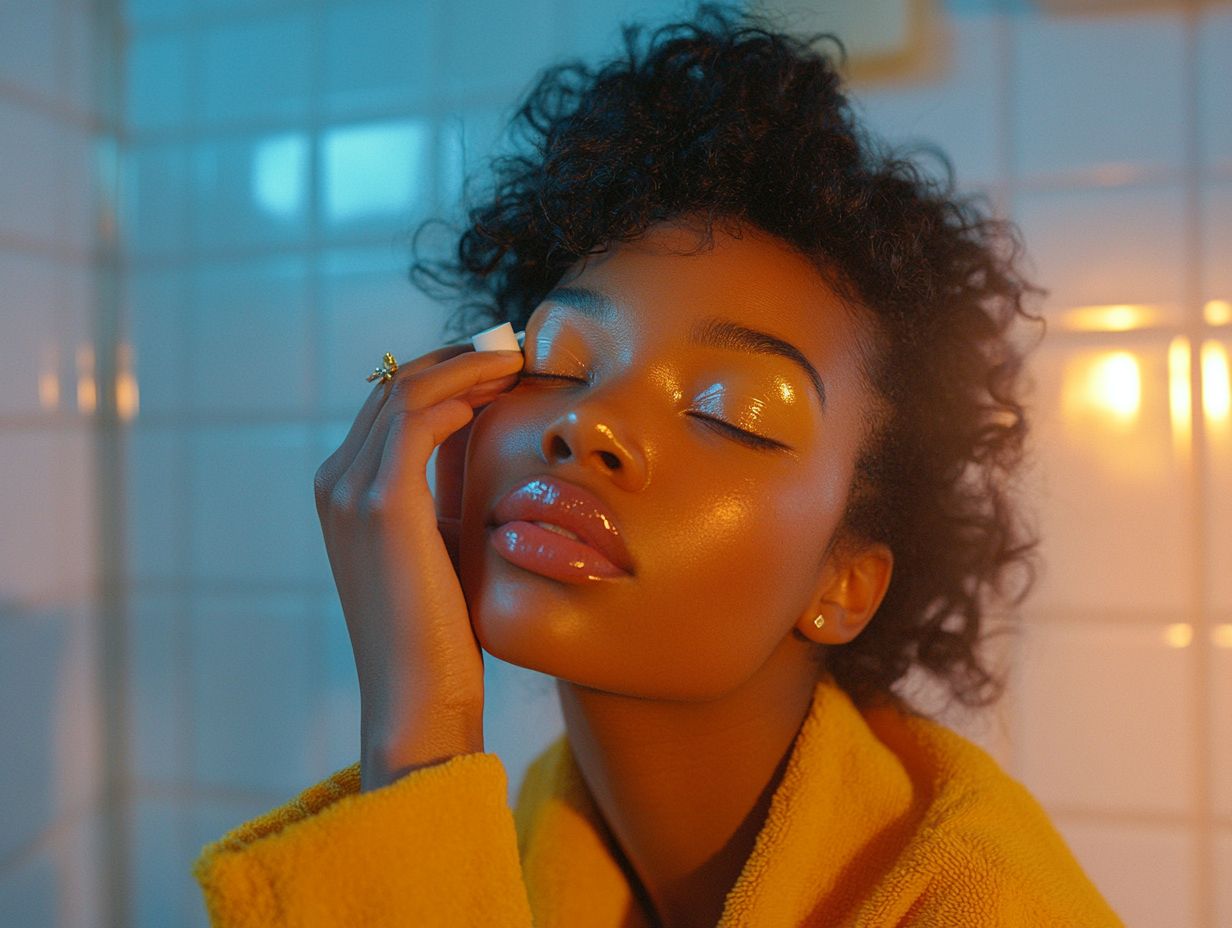
I have observed that expert opinions on the effectiveness of eye cream can vary.
Many dermatologists and skincare professionals emphasize the necessity of targeted treatments for the eye area, highlighting clinical studies that support their benefits in addressing specific skin concerns, such as dark circles and puffiness.
Pros and Cons of Using Eye Cream
The advantages of using eye cream include targeted hydration and the potential reduction of dark circles and fine lines. However, I also recognize the drawbacks, such as the cost and the ongoing debate about whether these specialized products are truly essential compared to a quality facial moisturizer for comprehensive skin care.
This topic frequently comes up in beauty discussions, as many consumers question whether eye creams are necessary or if a good facial moisturizer would suffice. Eye creams are specifically formulated with ingredients aimed at addressing the delicate skin around the eyes—such as peptides, antioxidants, and caffeine—while traditional moisturizers may not offer the same level of targeted treatment.
Conversely, eye creams often come with a higher price tag, which raises questions about their overall value. Ultimately, it’s important for me to consider my individual skin type, concerns, and budget when deciding whether to invest in an eye cream or to rely on a well-rounded moisturizer for my daily hydration needs.
Alternatives to Eye Cream
For those seeking alternatives to traditional eye cream, I find that options such as eye gels, facial moisturizers, or serums enriched with moisturizing ingredients can offer comparable benefits for hydrating the delicate skin around the eyes.
These alternatives often feature additional properties that specifically address concerns like puffiness or dark circles. For example, cooling eye gels infused with caffeine can effectively reduce swelling and revitalize tired-looking eyes.
Lightweight serums containing hyaluronic acid not only aid in moisture retention but also promote a smoother skin texture, making them suitable for almost all skin types. Conversely, richer facial moisturizers can be particularly beneficial for individuals with dry skin, providing deeper nourishment and protection against environmental stressors.
By exploring these diverse options, I can find tailored solutions that cater to specific skin needs while ensuring a hydrated and youthful appearance.
How to Properly Apply Eye Cream
I understand that the proper application of eye cream is essential for achieving maximum effectiveness. This involves using techniques such as my ring finger to gently tap and distribute the product around the delicate skin of the under-eye area, which ensures optimal absorption of the moisturizing ingredients.
Tips and Techniques for Maximum Effectiveness
To ensure maximum effectiveness when applying eye cream, I find it beneficial to incorporate the product into my skincare routine after cleansing and toning. I use gentle tapping motions to promote absorption without straining the delicate skin around my eyes.
Timing is essential in enhancing the benefits of the eye cream. I typically apply it in the morning and evening to provide my skin with continuous hydration. Consistent use not only helps diminish fine lines and dark circles but also improves overall skin texture over time.
I make it a point to apply the cream with clean fingers, as this maintains hygiene and ensures that the delicate area is treated with the utmost care.
“`html
Additionally, I consider pairing the eye cream with a carefully selected moisturizer to lock in moisture. This combination creates a synergistic effect that maximizes the overall results of my skincare regimen. For more insights, check out this article on Do You Really Need an Eye Cream? Experts Weigh In.
“`


